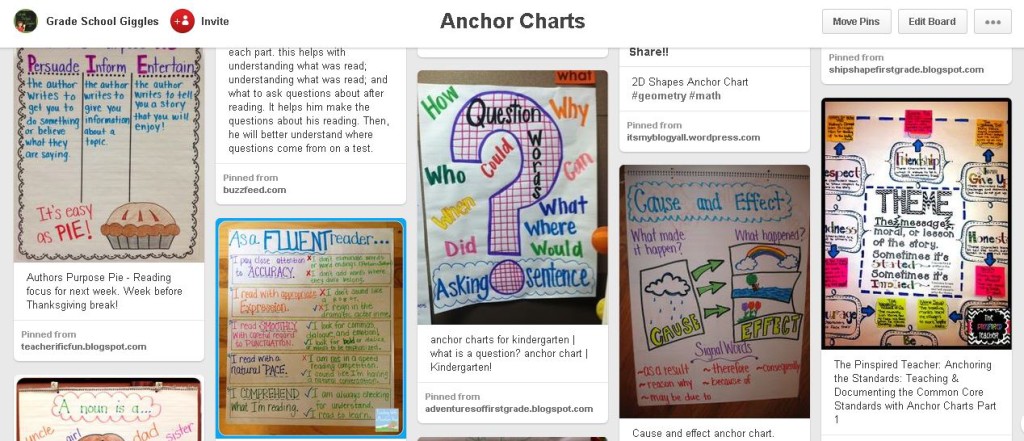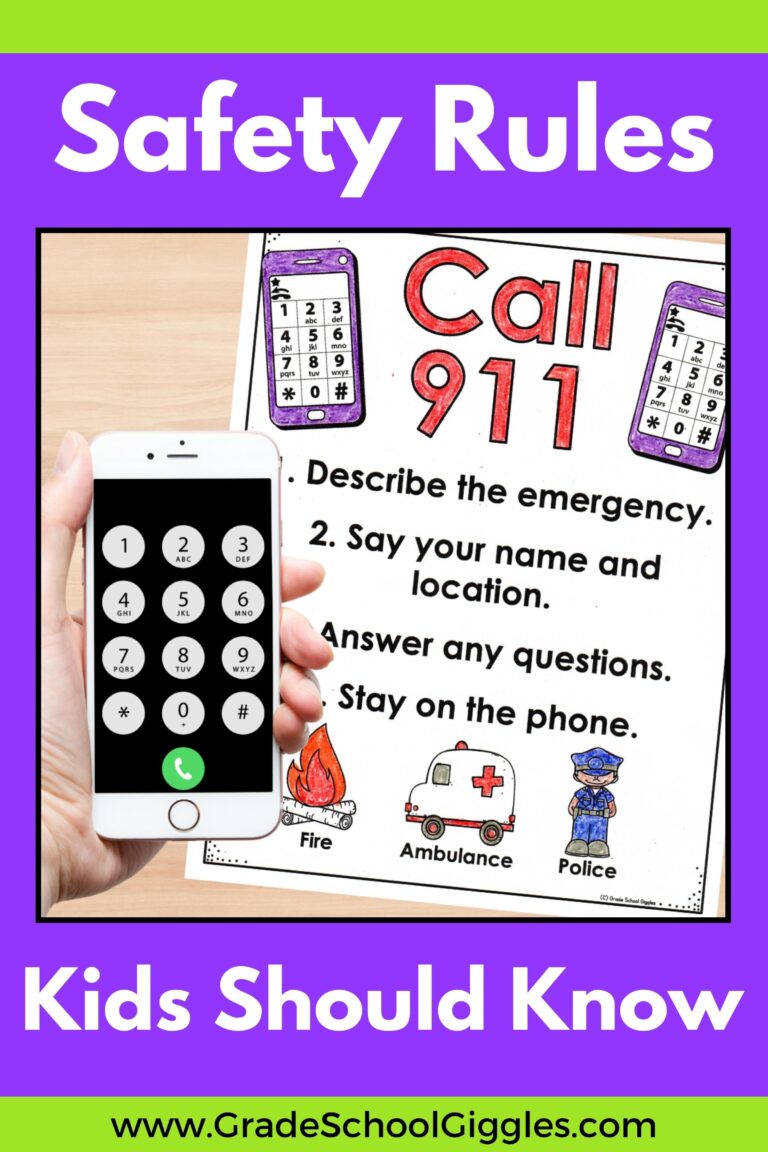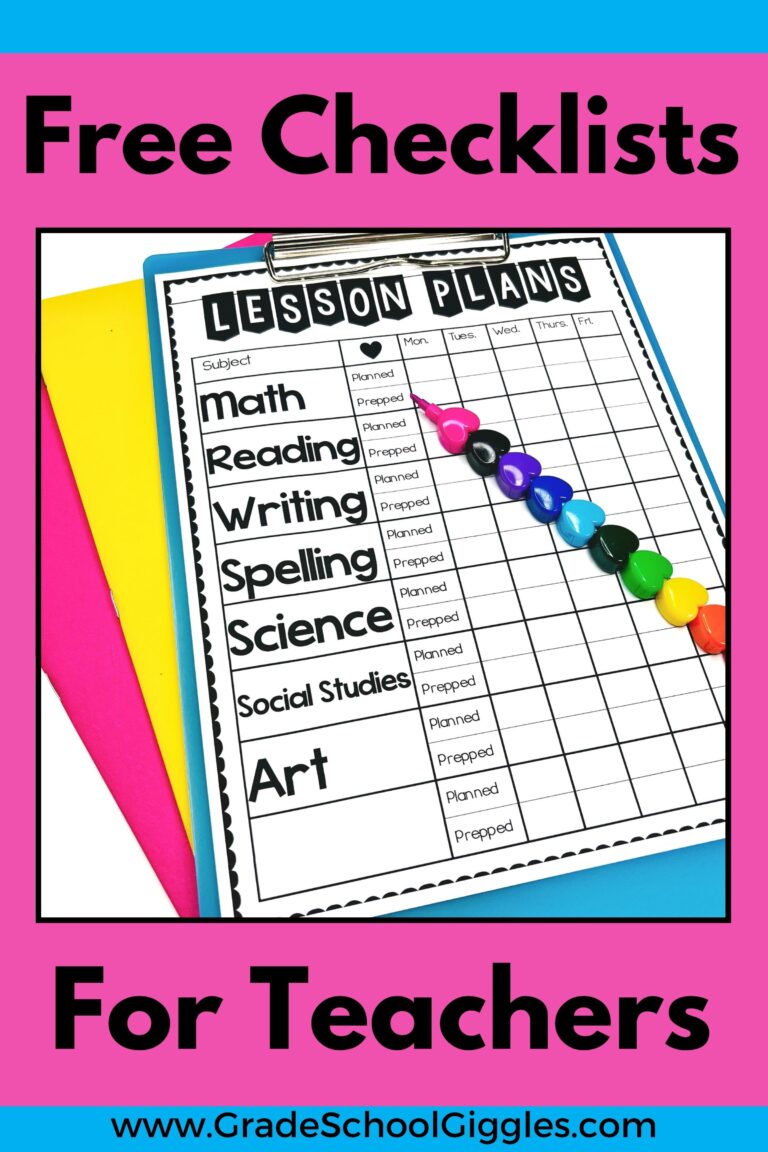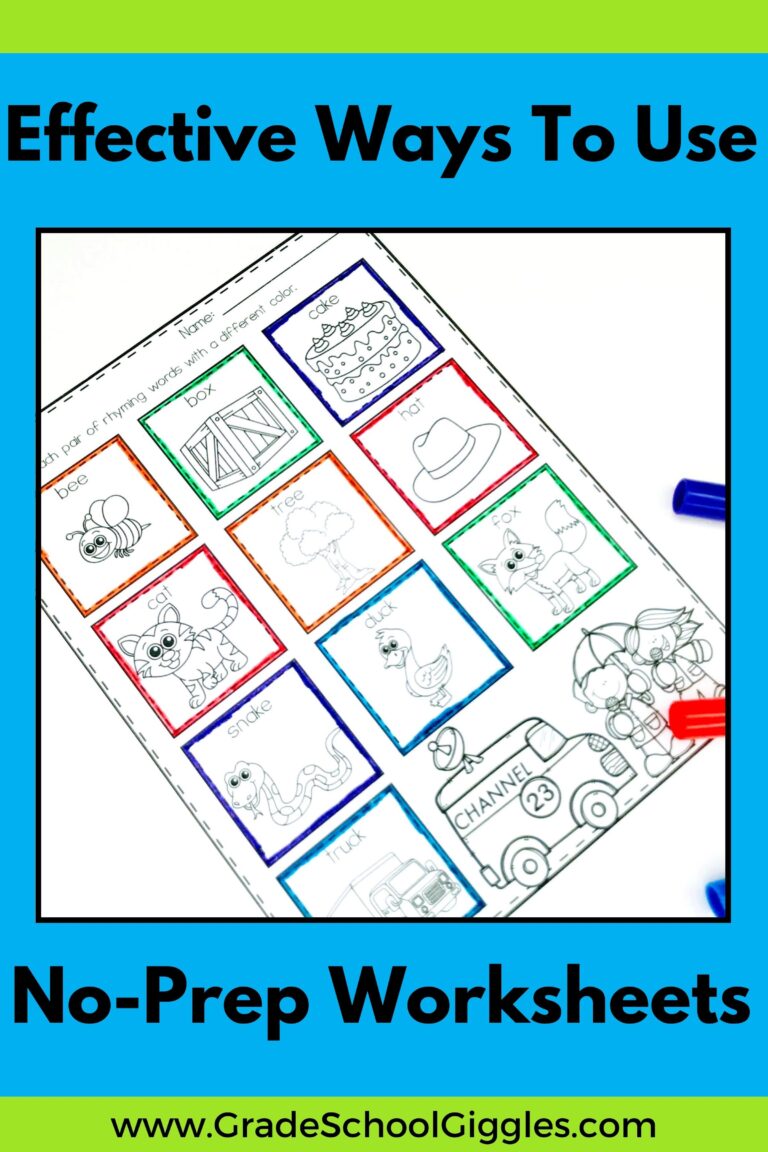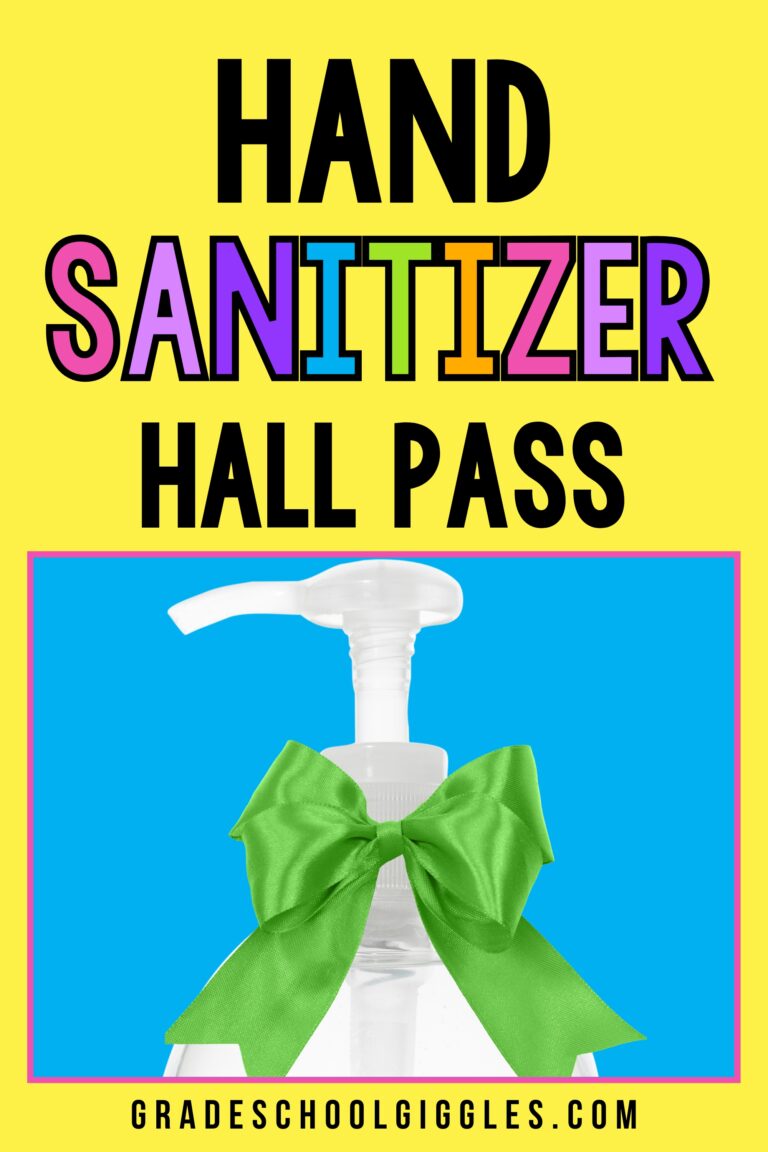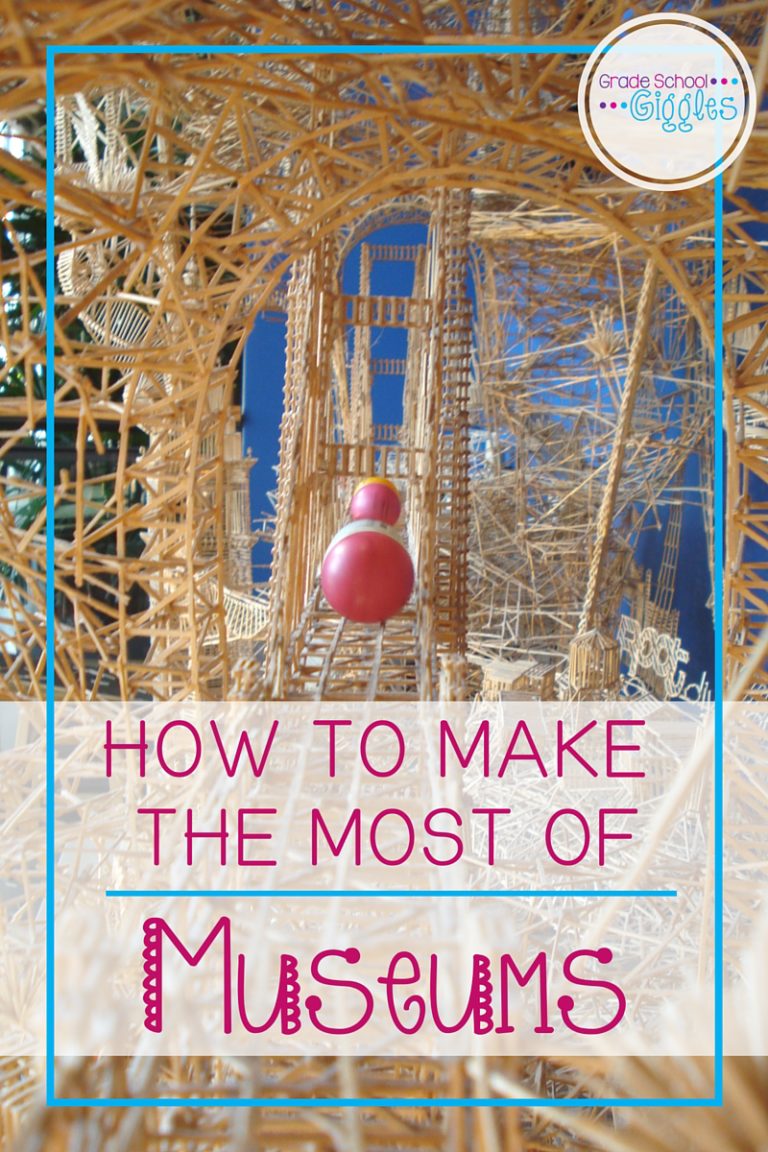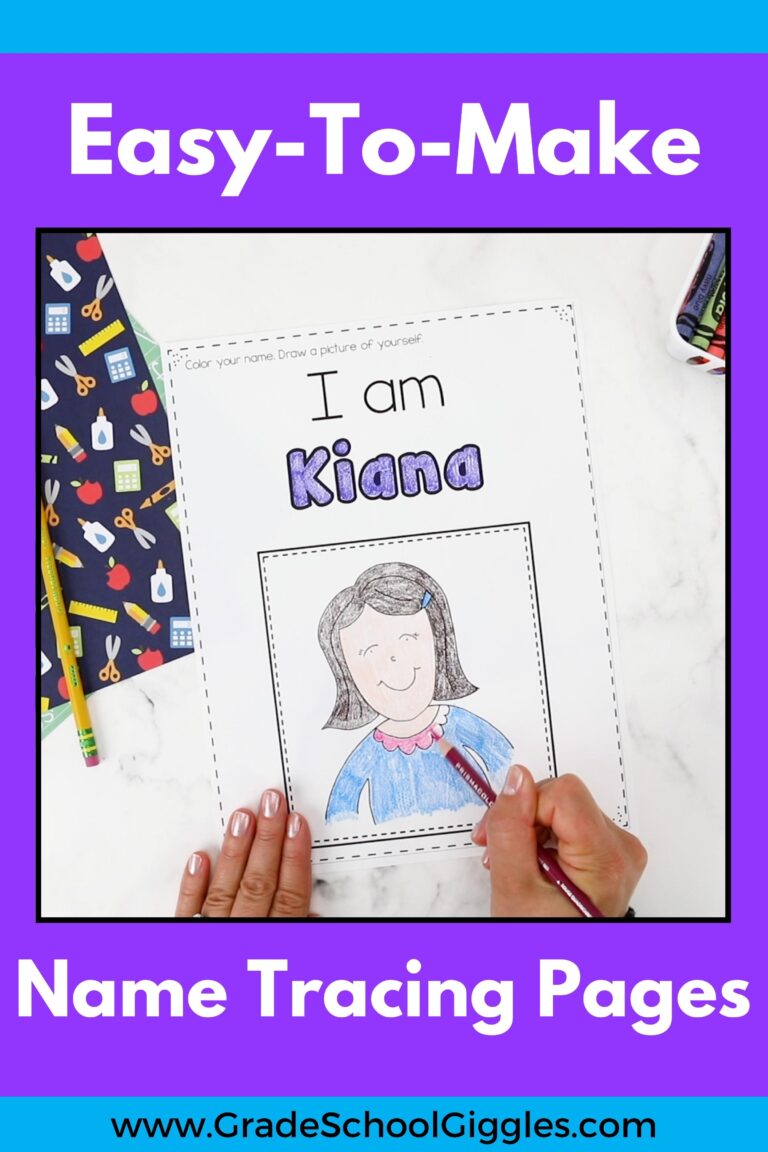Mastering Anchor Charts: Making Magnificent Anchor Charts
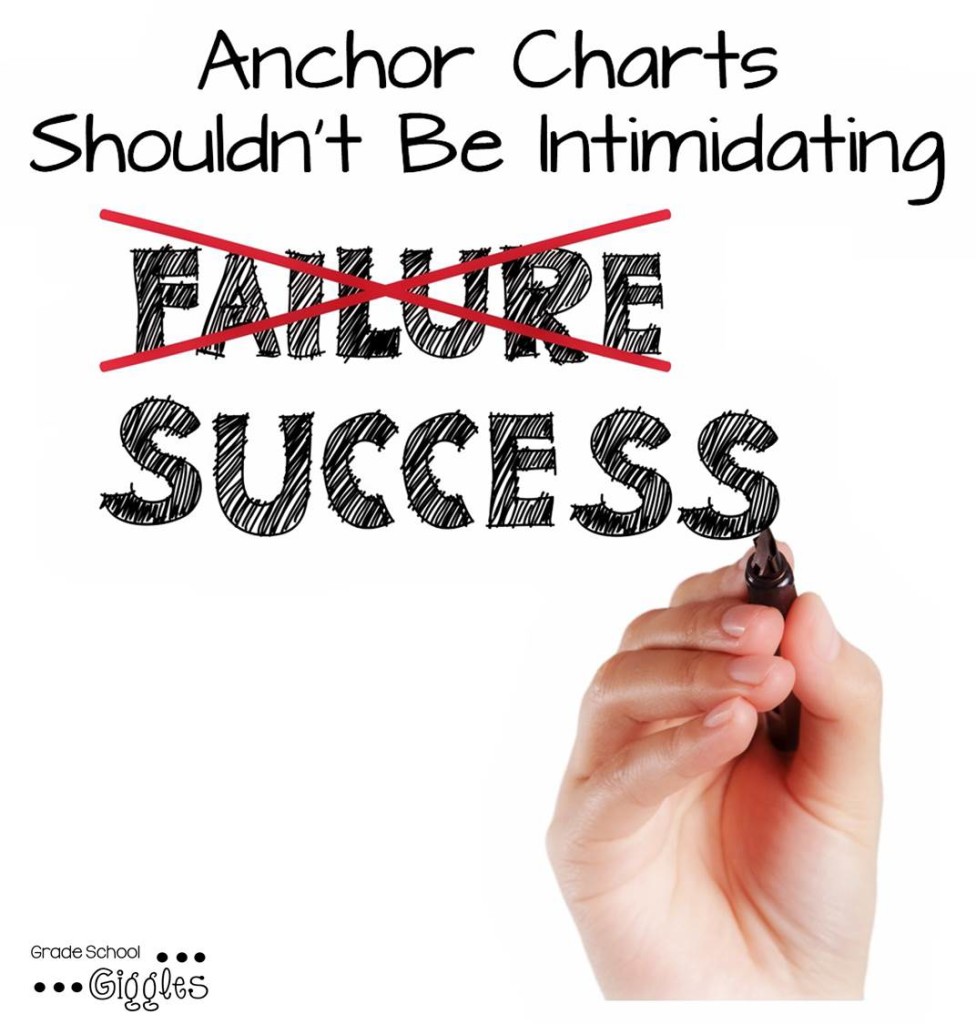 Making Your Charts
Making Your Charts
I love to get inspiration from Pinterest for anchor charts. Check out my board here if you need some inspiration. It’s easy to get overwhelmed by the artistic cuteness of some pin worthy anchor charts though. So, keep in mind the purpose of an anchor chart is to provide learners with a reference tool or anchor for their learning. It’s not about being an artist or making it perfect.
Anchor charts are about the learners. They need to be useful and students are more likely to use them when they have some ownership in them. I want my anchor charts to be made with my students, not just displayed for them, but I still want them to be neat and attractive because they will be used over and over again.
Since I don’t write particularly quickly, and I certainly don’t write quickly and neatly, I find it super helpful to plan out my anchor charts ahead of time. I’ve found that certain things can be done ahead of time. In general I think of anchor charts in thirds. The top third includes the topic, goal, or essential question. Sometimes it includes a definition or the standard. I prep the top third ahead of time. Sometimes I like to use fancy writing for this part of my anchor chart. I’ve found that I can print out what I want to write in a cool font and trace it onto the paper ahead of time. I usually write this section in one or two bright colors and accent it in black.
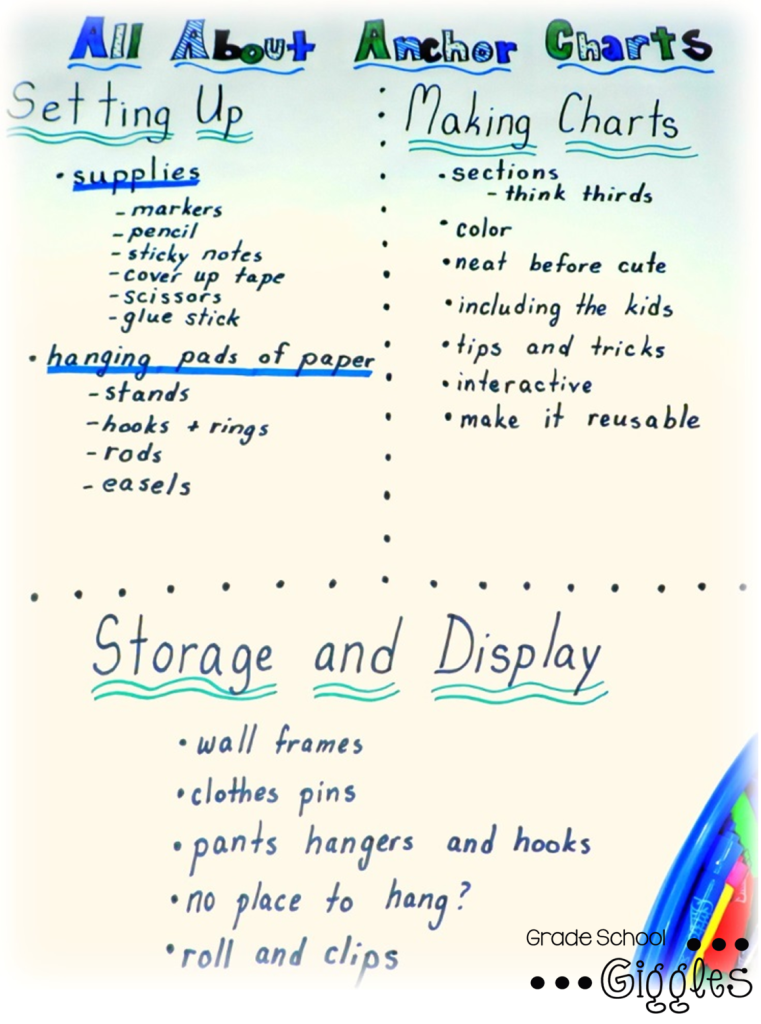
The second third of my chart is the main content. It includes whatever I want my students to learn from the lesson. This is the meat of the chart and it needs to be very readable. I often have this section mapped out ahead of time. Planning it out and penciling in this section ahead of time can mean less stress during the lesson too. I like to use bullet points and lists rather than paragraphs. I also try and use simple graphics like boxes, lines, and arrows to separate information. I often write this section in black and use an accent color to highlight particularly important information.
I like to put examples in the third section because I learn best with examples and I think a lot of my students do too. Again, this section is usually in the format of bullet points, a list, or a short sentence because readability is key. I often write this section in grey and use the same accent color as in the first two sections. I usually don’t sketch this out ahead of time in too much detail because my students usually have a lot of input in this section. Once we’ve covered the meat of the lesson I often ask them to provide examples and add theirs to this section.
When it comes to decorating my anchor charts I am usually pretty simple. I like to use bubble letters or fancy letters for the top section and any headers. I like to use dotted or wavy lines to separate sections or emphasize key words. Sometimes I will add a drawing. Other times I print pictures, cut them out ahead of time, and glue them onto the anchor chart with a glue stick or use the copier to blow up an image and trace it.
If I’m making an anchor chart that I want to reuse I will often go ahead and put on the headers, graphic organizers or bullet points, and any art. Then I laminate it and add the content with the kids using Post It Notes. We can use the same chart over and over again. I can even use it from year to year and the kids still get to be involved in making it. Win-win! Sometimes I also print out pictures to add to the anchor chart with the students. I use Velcro dots for these and store the pieces in a plastic baggie attached to the back of the chart. I’ve done this for charts where we sorted pictures into categories or sequenced images.
What tips are you going to try or do you have any to add?
